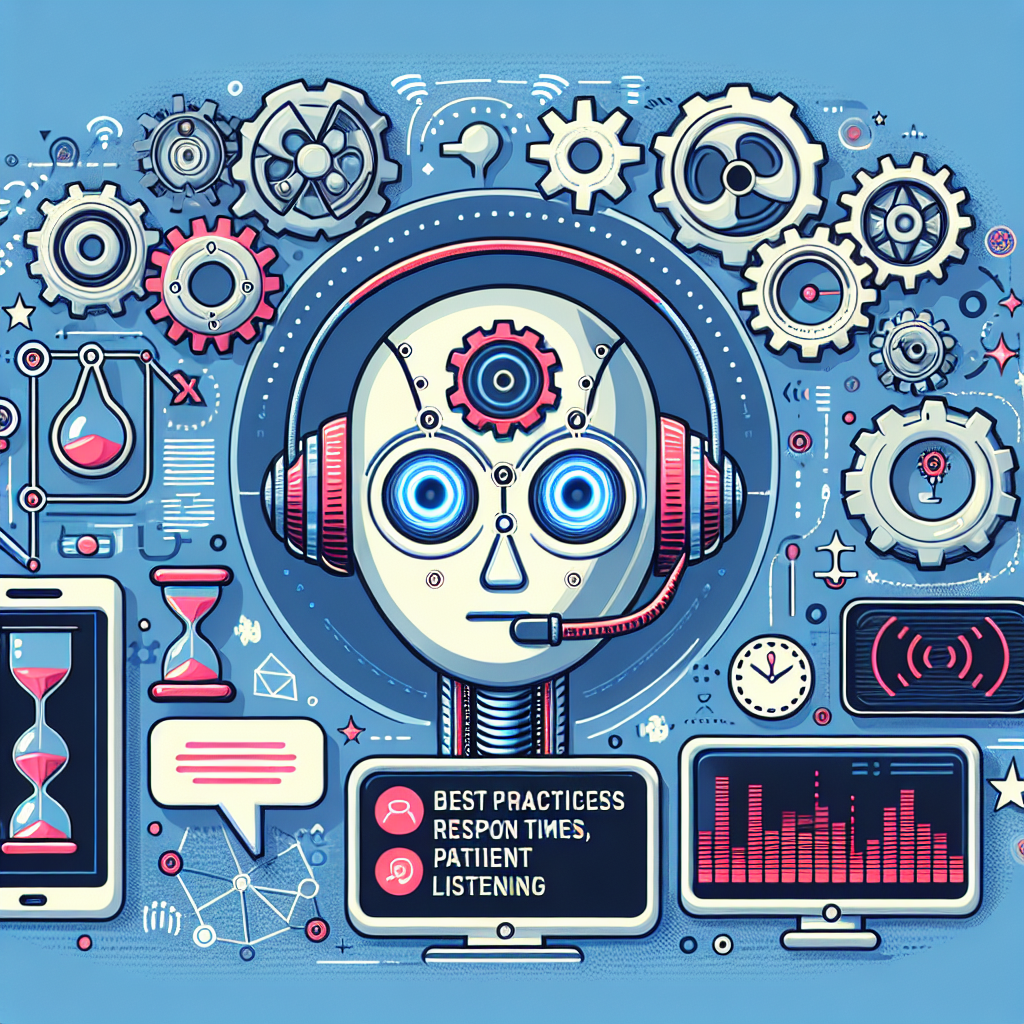As technology continues to advance, businesses are increasingly turning to artificial intelligence (AI) to streamline their customer service operations. AI customer service integration has the potential to improve efficiency, reduce costs, and enhance the overall customer experience. In this article, we will explore the best practices for integrating AI into customer service operations and provide some frequently asked questions (FAQs) about this topic.
Best Practices for AI Customer Service Integration
1. Define Your Objectives: Before implementing AI into your customer service operations, it is important to clearly define your objectives. Are you looking to reduce response times, improve customer satisfaction, or lower costs? Understanding your goals will help you determine the best AI solutions to meet your needs.
2. Choose the Right AI Technology: There are a variety of AI technologies available for customer service integration, including chatbots, virtual assistants, and machine learning algorithms. It is important to choose the right technology for your specific needs and budget. Consider factors such as scalability, customization options, and integration with your existing systems.
3. Train Your AI System: Once you have chosen an AI technology, it is essential to train the system to understand and respond to customer inquiries effectively. This may involve providing the AI with a database of common questions and answers, as well as ongoing monitoring and updates to improve its performance over time.
4. Provide Seamless Integration: To maximize the benefits of AI customer service integration, it is important to ensure that the AI system seamlessly integrates with your existing customer service channels, such as phone, email, and social media. This will allow customers to receive consistent and efficient support across all channels.
5. Monitor and Evaluate Performance: Regularly monitor and evaluate the performance of your AI customer service system to identify any areas for improvement. This may involve analyzing key metrics such as response times, customer satisfaction ratings, and resolution rates. Use this data to make informed decisions about optimizing your AI system.
6. Offer Human Support When Needed: While AI can handle many routine customer inquiries, there will inevitably be situations where human intervention is required. Make sure to provide customers with easy access to human support when needed, whether through live chat, phone support, or in-person interactions.
7. Continuously Improve and Adapt: Customer service trends and customer preferences are constantly evolving. To stay ahead of the curve, it is important to continuously improve and adapt your AI customer service system. This may involve implementing new features, updating training data, or integrating with new technologies.
Frequently Asked Questions (FAQs) about AI Customer Service Integration
Q: What is AI customer service integration?
A: AI customer service integration refers to the process of incorporating artificial intelligence technologies, such as chatbots and virtual assistants, into customer service operations to improve efficiency and enhance the overall customer experience.
Q: What are the benefits of AI customer service integration?
A: Some of the key benefits of AI customer service integration include faster response times, 24/7 availability, reduced costs, and improved customer satisfaction. AI can handle a high volume of customer inquiries quickly and accurately, freeing up human agents to focus on more complex issues.
Q: How can AI improve the customer experience?
A: AI can improve the customer experience by providing instant responses to customer inquiries, personalized recommendations based on customer data, and proactive support through predictive analytics. AI can also help businesses better understand customer needs and preferences through data analysis.
Q: What are some common challenges of AI customer service integration?
A: Some common challenges of AI customer service integration include ensuring accurate and timely responses, maintaining a consistent customer experience across channels, and addressing privacy and security concerns. It is important to carefully plan and implement AI solutions to overcome these challenges.
Q: How can businesses measure the effectiveness of AI customer service integration?
A: Businesses can measure the effectiveness of AI customer service integration by tracking key performance indicators such as response times, resolution rates, customer satisfaction ratings, and cost savings. Regular monitoring and evaluation will help businesses identify areas for improvement and optimize their AI systems.
In conclusion, AI customer service integration has the potential to revolutionize the way businesses interact with their customers. By following best practices such as defining objectives, choosing the right technology, training the AI system, and providing seamless integration, businesses can enhance efficiency, reduce costs, and improve the overall customer experience. By continuously monitoring and evaluating performance, offering human support when needed, and continuously improving and adapting, businesses can stay ahead of the curve and provide exceptional customer service in the digital age.

